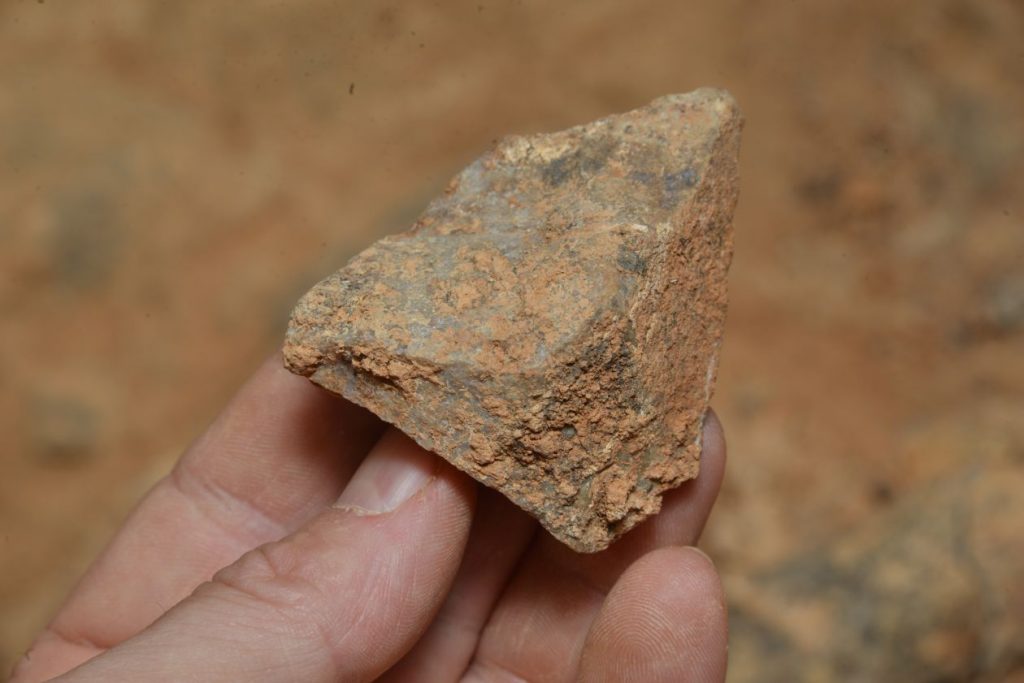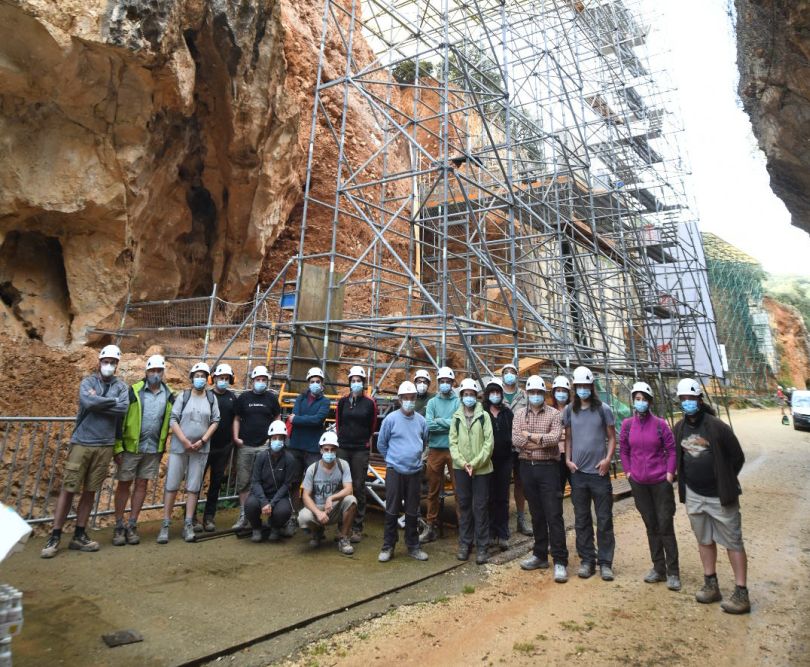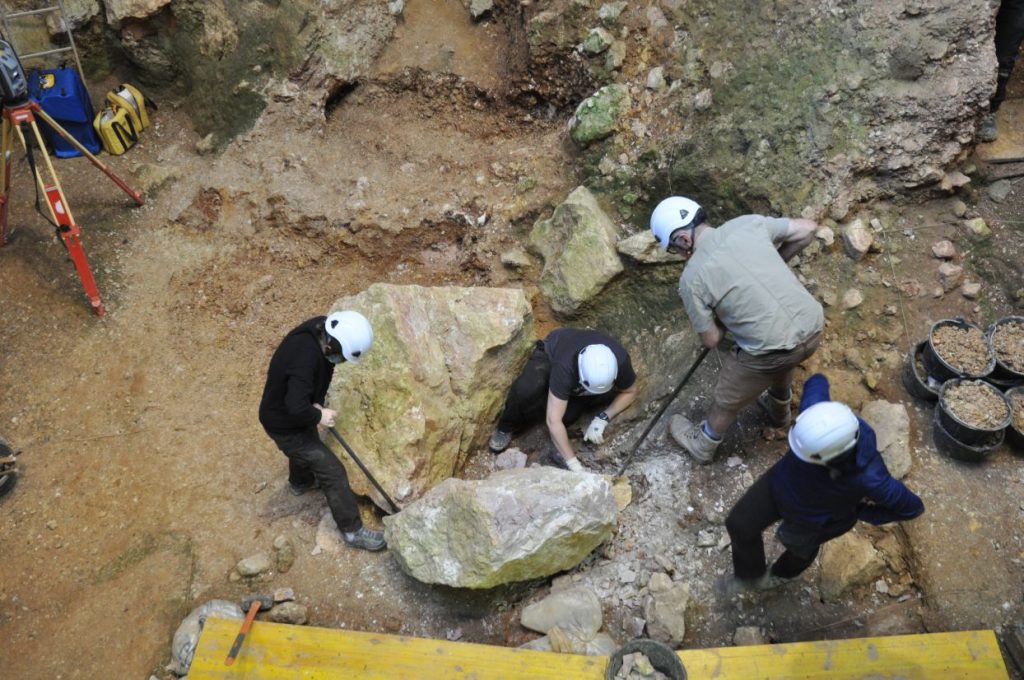23/07/2020
Two Stone tools on quartzite from Gran Dolina might proof that human occupation was steady in Atapuerca along 1.4 million years
Both tools have been found during this field-season at Unit TD08, and they are around 600,000 years old, a time characterized in Europe by a striking scarcity of human presence

Both tools have been found during this field-season at Unit TD08, and they are around 600,000 years old, a time characterized in Europe by a striking scarcity of human presence
Two tools on quartzite found at the site of Gran Dolina (Unit TD8) allow reporting for the first time human presence at Sierra de Atapuerca (Burgos, Spain) around 600,000 years, a time with no evidence up-to-now of hominin presence at any of the caves of this archaeopaleontological complex. Furthermore, this points that hominins were uninterruptedly in Sierra de Atapuerca along 1.4 million years. These two pieces, to which add a fragment of a third piece on Neogene chert, have been discovered by members of the IPHES (Institut Català de Paleoecologia Humana i Evolució Social) and Universitat Rovira i Virgili (URV) during the excavation season of this month, very conditioned in time and number of participants due to the limits imposed by Covid-19.

This finding entails that this has been a key field season in order to understand the sequence of hominin occupation at the site of Gran Dolina, because it has yielded evidences about a rather unknown stage in all Western Europe, with doubtless scientific interest: the time between the intense occupations reported at Unit TD6 (about 900,000 years) and those belonging to the strong impact recorded at Sierra de Atapuerca in Acheulean times (represented in the site by Unit TD10, from 450,000 years onwards).
In the same Unit TD8, several macromammals have been identified, among which bear, hyena and jaguar, and also several herbivores remains of rhinos, horses and deer. This has allowed enlarging the archaeological collection of carnivores, the worse known group of this site.
https://www.youtube.com/watch?v=OmnmJwkSjs0
On the other hand, at Sima del Elefante and Cueva Fantasma efforts have focused in remodeling and preparing the sites to enlarge the excavation surfaces. Then, at Elefante, for example, there have been removed several big blocks that fell from the roof of the cave 1.4 million years ago. This collapse occurred when the clay sediments at level 7, the oldest archaeopaleontological stratum known at Sierra de Atapuerca, were already deposited inside the cavity.
From this level remains of tortoise, bear, and beaver have been found, what reinforce the hypothesis that the environmental conditions 1,4 million years ago were more temperate and humid than today.
At Cueva Fantasma archaeologists have remodeled the sedimentary sections of the eastern front of the site, conditioning the unevenness provoked by old quarry works, in order to get a profile that allow to establish stratigraphic correlations among different sectors of the site.

At the upper part of the cave, there is a rich level already opened in 2019 (SF30). In this level dominate the remains of horses, with representation of the entire skeleton, followed by bovids, cervids and suids. Among carnivores, remains of hyena, bear, wolf and fox, badger and lynx have been reported. This same level has yielded several flakes of chert close to the entrance, which indicated that Neanderthals were occupying the place.
At the lower part of the stratigraphy, Unit 21 stands up due to the abundance of hyena remains, as well as their coprolites, so pointing to the possible use of this area as a latrine. This level also reported remains of horses, bison, deer and rhinos, as well as big carnivores such as lion, panther and bear.
Finally, works made by URV-IPHES members at other sites of Sierra de Atapuerca includes the finding of a hominin skull fragment about 450.000 years at Sima de los Huesos, where this year fieldwork has been occasional, and the opening of the Galería de las Estatuas cave entrance, which collapsed 50,000 years ago. Tools on quartzite, chert, and sandstone have been reported. They show strong similarities with the Mousterian technocomplex made by Neanderthals, as well as with the archaeopaleontological record that is being excavating for the last years in the interior of the cave.
